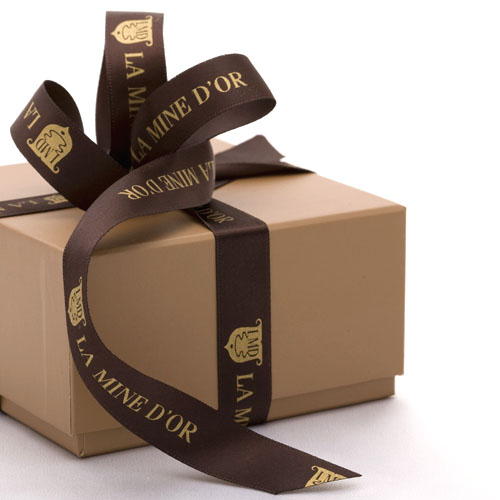Aquamarine
A member of the beryl family, the same as emerald, aquamarine is often found in a variety of colours – but most associate the stone with the pale “aqua” colour that is its namesake. While emeralds often have inclusions (“jardin”, or “garden”) that contribute to their depth, aquamarine is valued for its crystal clarity and lack of inclusions. While most people think of the palest blue as “true” aquamarine, the most valuable stones exhibit vibrant colours.
Blue aquamarine
Historically aquamarine has been a talisman of good luck for anyone who travelled the seas. Additionally it was believed to have healing properties, and was used as a stress-relieving aid. It was believed that wearing aquamarine increases intelligence, enhances courage, and provides foresight. Continuing with the sea theme, aquamarine supposedly prevents seasickness – La Mine d’Or accepts no responsibility for mishaps relating to testing this theory.
Aquamarine comes from a variety of sources, the most notable being Brazil. It should be noted that many commercial stones are heat treated to enhance colour; be aware that some forms of blue topaz are passed off as aquamarine (be careful of so-called “Brazilian Aquamarine” or “Siam Aquamarine”, which is heat-treated zircon).
The cool blue tones of aquamarine pair extremely well with white gold. Because most are free of inclusions, large aquamarines can makes a stunning centrepiece to a dinner ring or spectacular pendant without any flaws to interrupt the soft colour. If you are looking for a lovely aquamarine piece, drop by La Mine d’Or to see our selection. If you are looking for a cure for seasickness, please visit your local pharmacy.






No comments:
Post a Comment